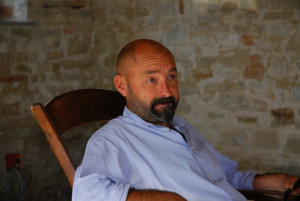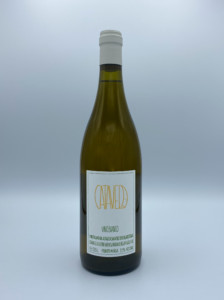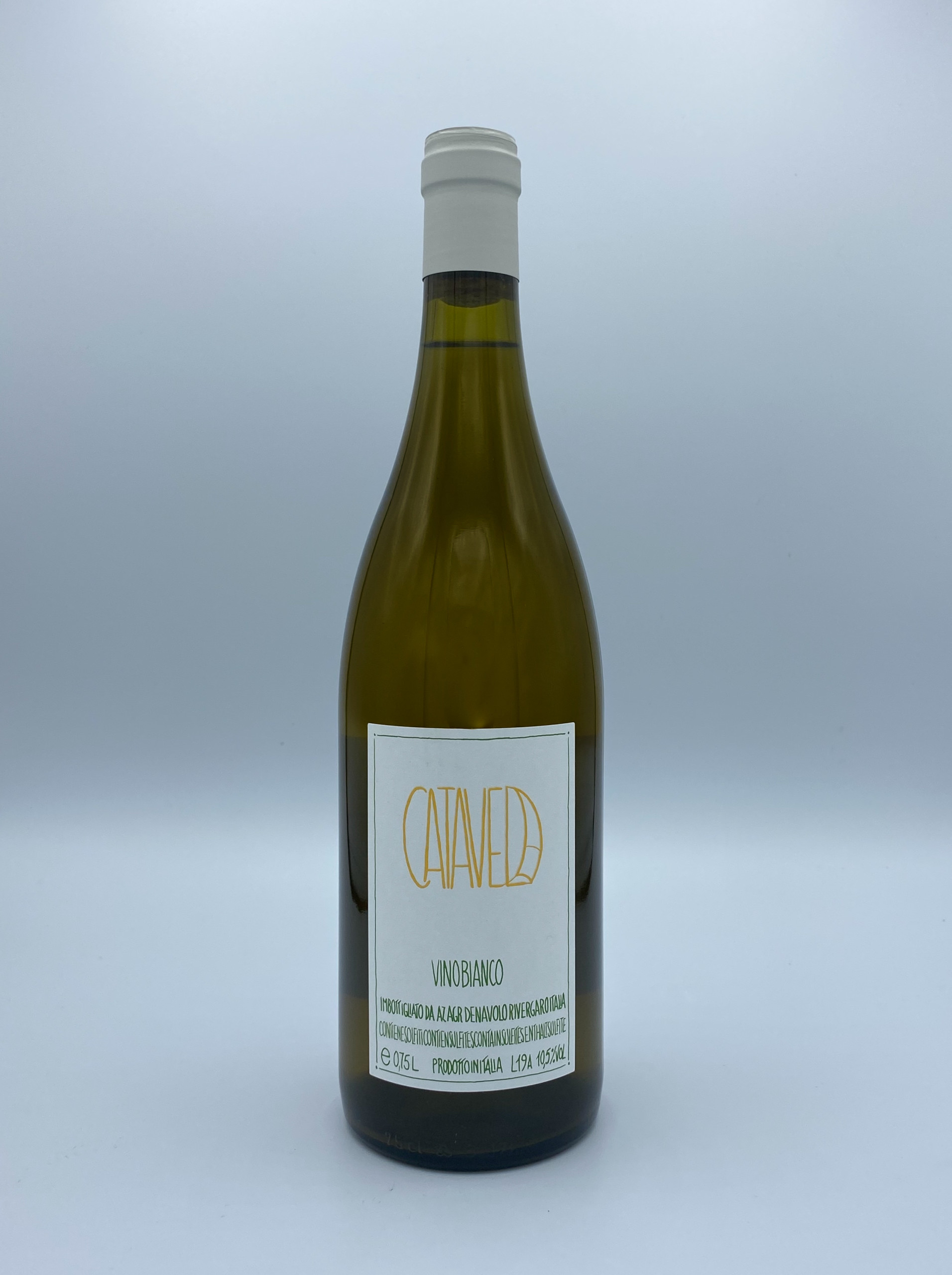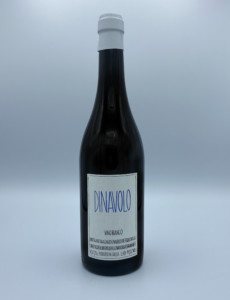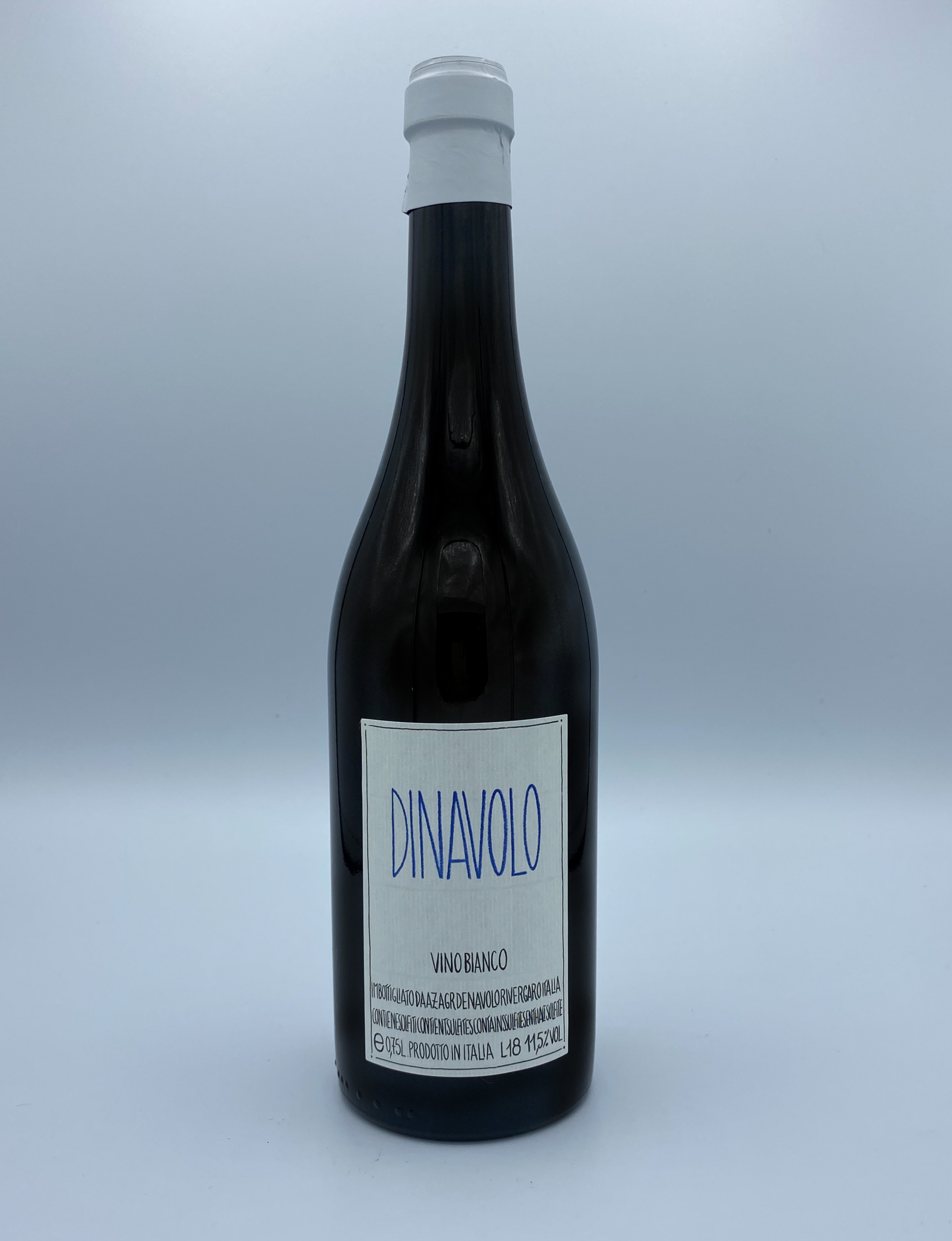Denavolo
About
Owner & winemaker: Giulio Armani
Vineyards: 2.2ha of old vines planted in 1975, plus 3ha of younger vines planted in 2008-2009
Vineyard management: Practicing organic
Soils: Clay-limestone
Grapes grown: Malvasia di Candia Aromatica, Ortrugo, Marsanne, Santa Maria, Sauvignon Blanc, Trebbiano, Muscat, other unidentified local varieties
Quick facts:
- The Denavolo vineyards are planted with a mix of known and unknown local varieties, as was traditional when planting vines to make wines for the peasants who worked on the lands.
- Giulio is best known for his work with skin-contact white wines: he first started experimenting with the method in 2001, but historically it was the traditional way of making white wine in this region, as practiced by his father and grandfather when making wine for personal consumption.
- Only white grapes are planted at the estate, because Giulio feels that they are best adapted to the altitude, limestone soils, and slopes of this terroir.
Giulio Armani started making wine alongside Rafael Pantaleoni at the famed La Stoppa estate in Italy’s Emilia region in 1980. In 2005 Giulio launched a small personal project called Denavolo, in the nearby Colli Piacentini in the Trebbia river valley. Using only white grape varieties and zero additives, Giulio makes structured, often skin-macerated white or “orange” wines from Malvasia di Candia Aromatica, Ortrugo (a native variety to Piacenza), Marsanne (referred to locally as Sciampagnino), and several other not-yet-identified indigenous varieties. Giulio makes four wines: Catavela, from the youngest vines planted at 500-600 meters with around a week on the skins; Dinavolino, from the bottom portion of the original 2.5 hectare hillside vineyard called Débé, usually with 8-9 months on skins; Dinavolo, from the upper portion of the Débé vineyard, usually with 8-9 months on skins; and Mansano, a Sauvignon Blanc grown on limestone soils with 10 months of maceration on skins. All of the wines are fermented spontaneously with native yeasts and no temperature control.


